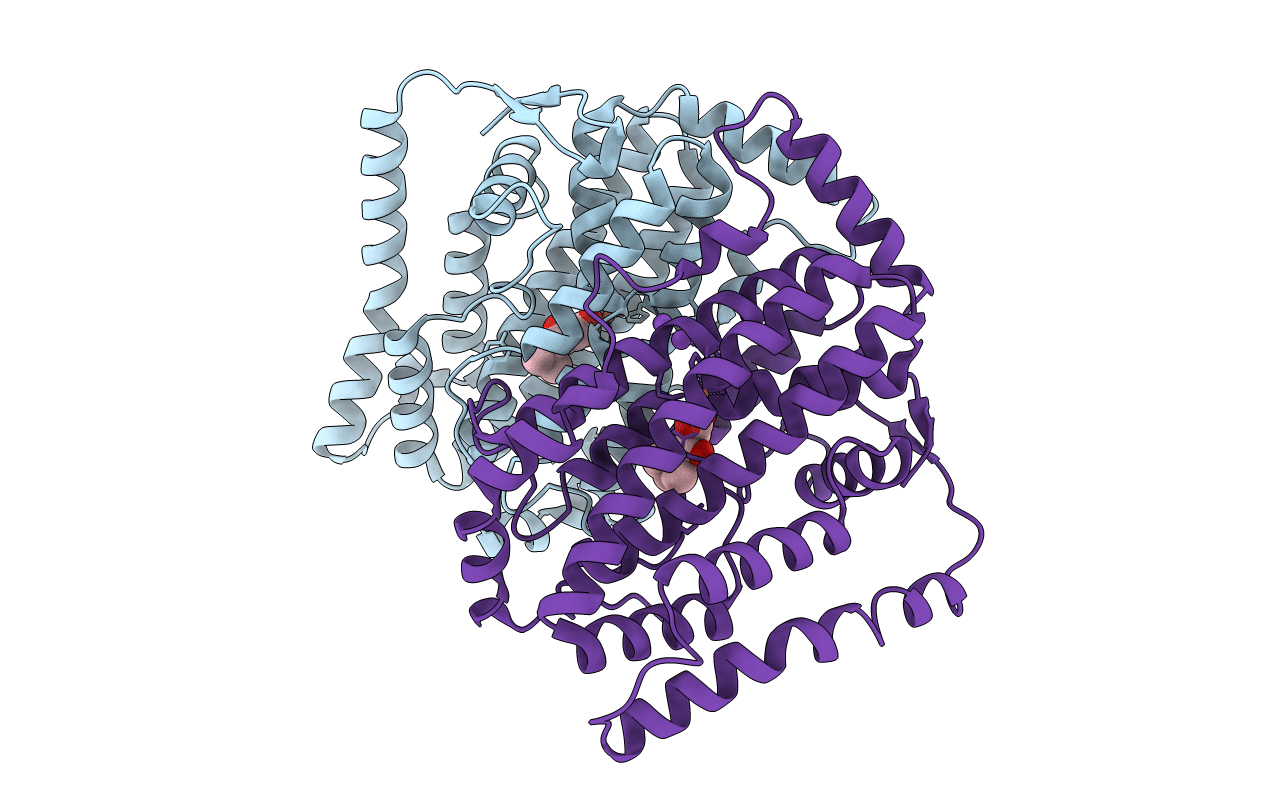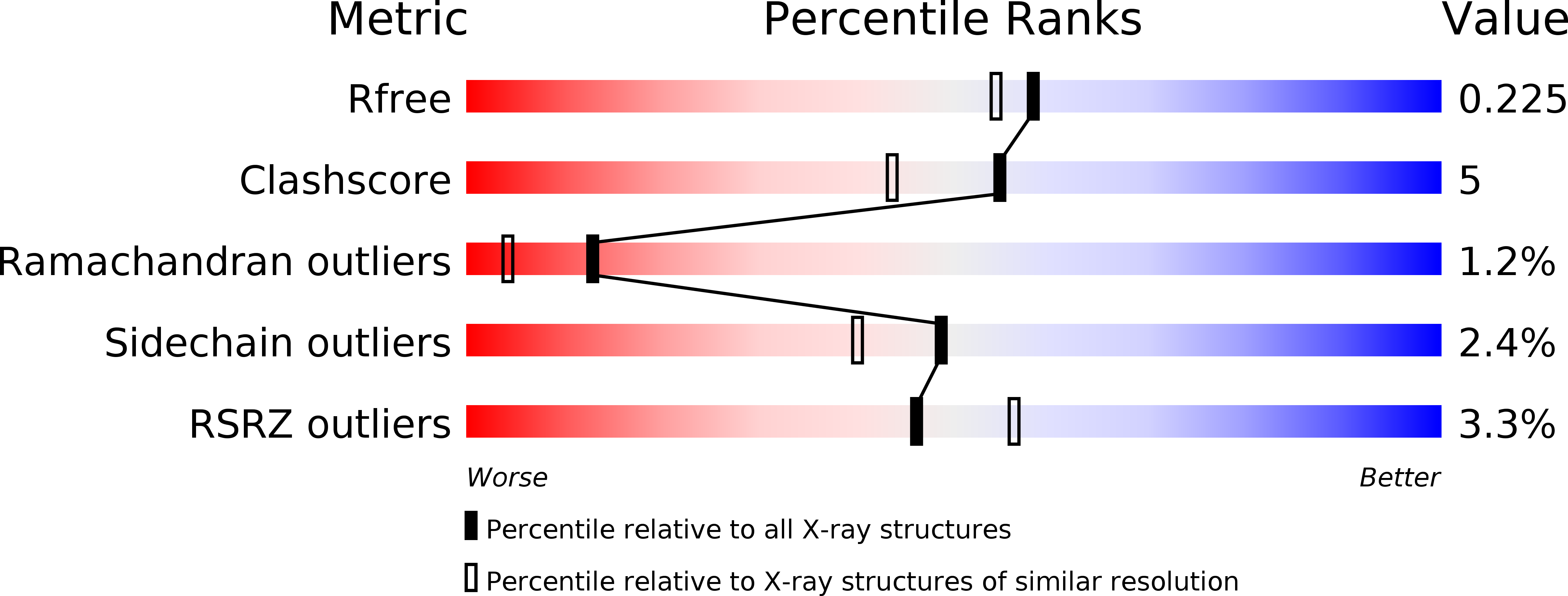
Deposition Date
2007-03-15
Release Date
2007-05-08
Last Version Date
2023-12-13
Method Details:
Experimental Method:
Resolution:
1.95 Å
R-Value Free:
0.22
R-Value Work:
0.18
R-Value Observed:
0.18
Space Group:
P 21 21 21


